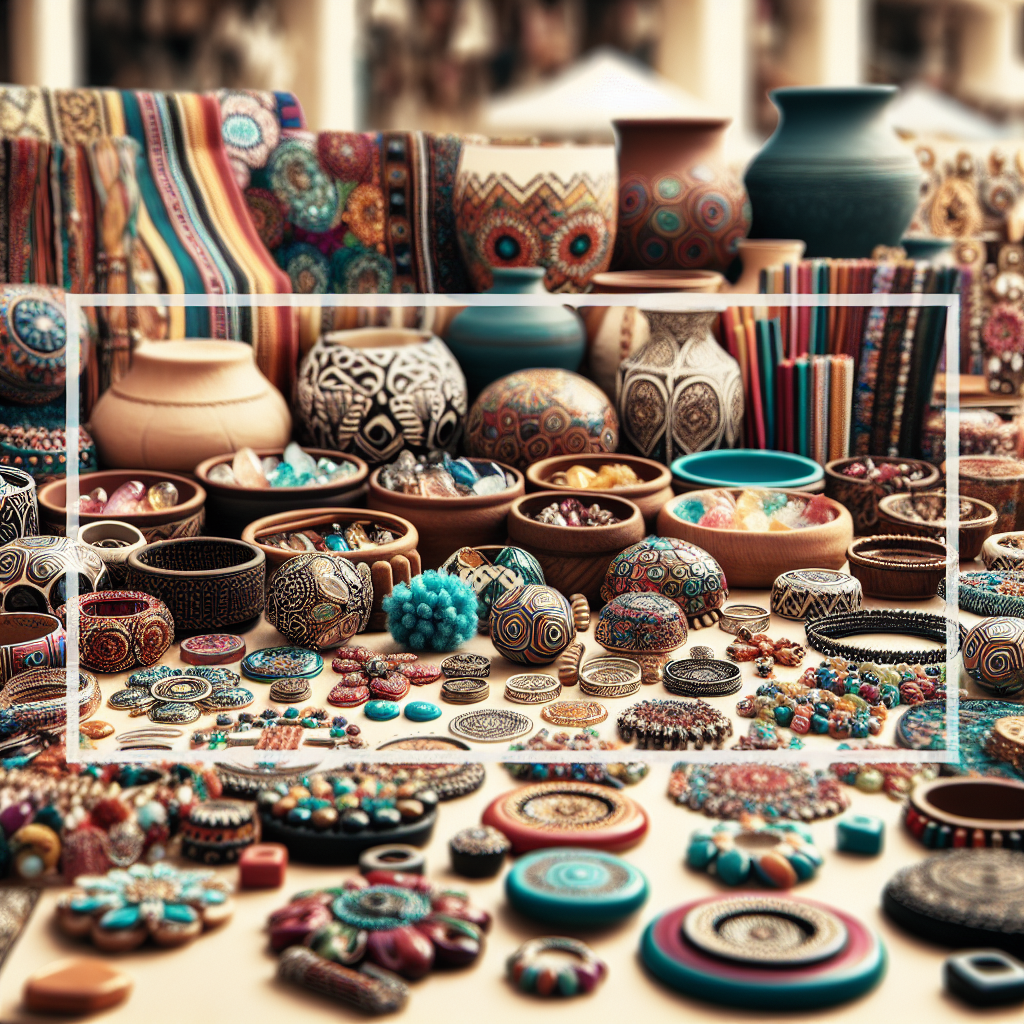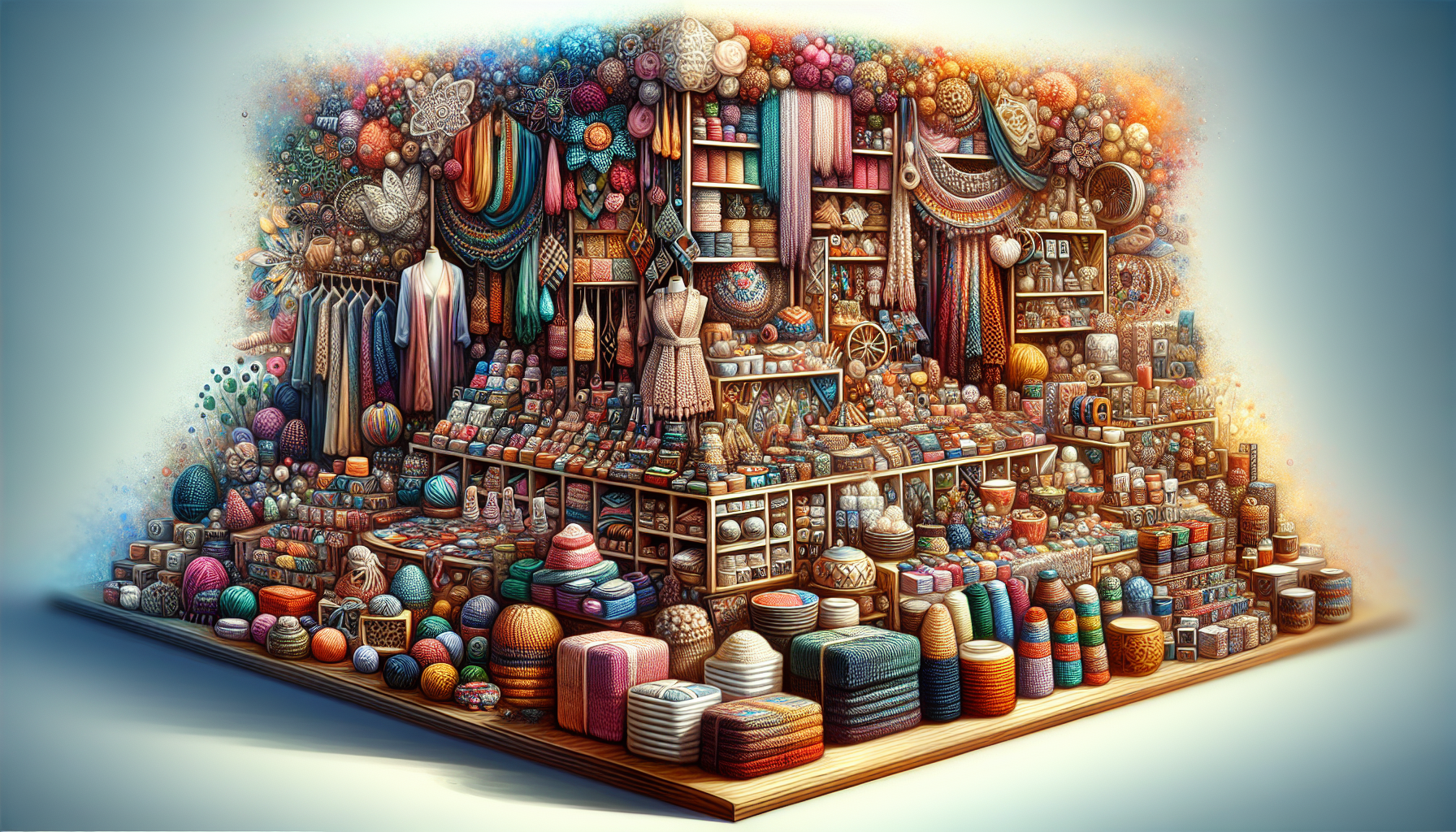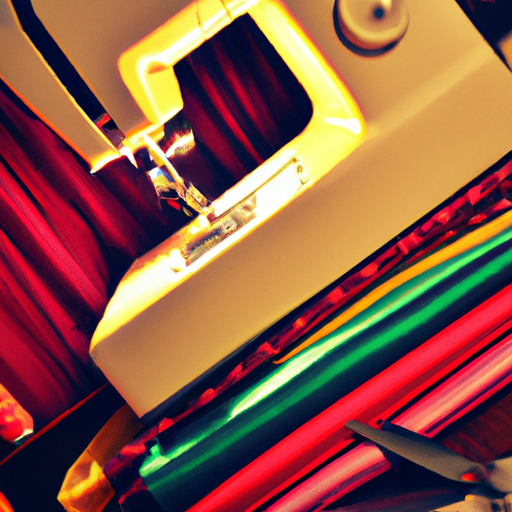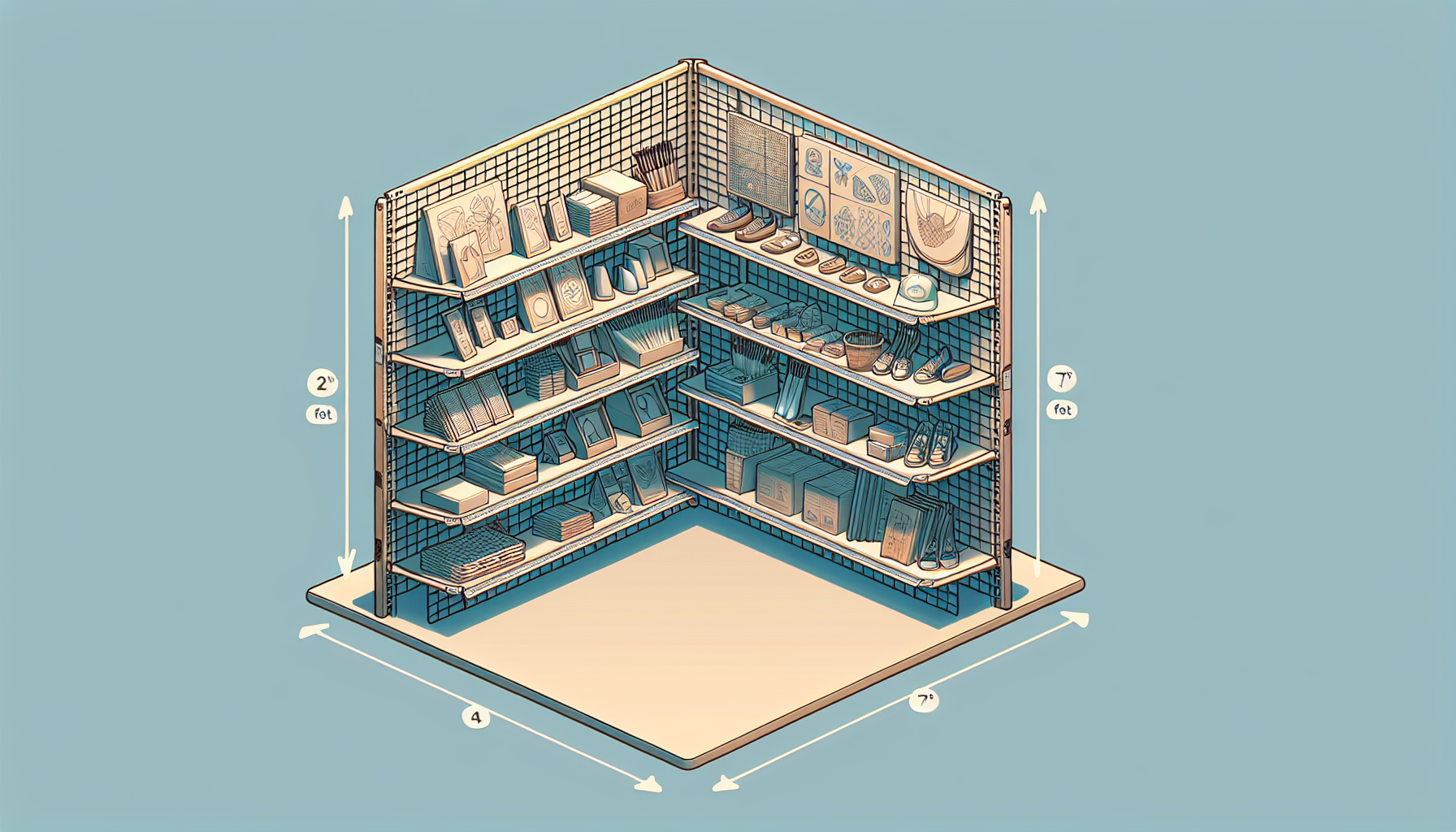In today’s video, Samantha Tansley discusses the important topic of determining the right amount of product to bring to your next craft fair. She starts off by acknowledging that there is no perfect answer or one-size-fits-all formula for this challenge. However, she emphasizes the importance of bringing as much product as possible to ensure your booth is full and you have sufficient inventory to sell. Samantha shares her personal experience and explains how she has calculated her product needs based on past sales at craft fairs and upcoming events she plans to attend. She also offers practical tips such as having a range of price points and multiplying your booth cost to estimate the value of inventory you should bring. Samantha’s overall advice is to take everything you have with you, as having extra products can be a backup and may even lead to unexpected sales opportunities.
Factors to Consider
Sales history
When planning how much product to take to your next craft fair, it’s important to consider your sales history. Take a look at the past year and analyze how much of each item you sold on average at each show. This will give you a good starting point for determining how much inventory you’ll need for the upcoming year.
Number of events and days
Next, take into account the number of events and days you have planned for the year. If you have 24 days worth of shows, for example, you’ll need to calculate how much product you should sell in total to meet your sales goals. Multiply the average sales per day by the number of events or days to get an estimate of the total inventory needed.
Types of products
Consider the types of products you plan to sell at the craft fair. It’s important to have a diverse range of products to appeal to different customers. Offering a variety of items in different categories and price ranges can increase your chances of making sales.
Price points
Determining the price points of your products is crucial for maximizing your sales potential. It’s recommended to have three tiers of price points: below $10, around $15-25, and higher-priced items ranging from $60-200. Having products at different price ranges allows you to cater to a wider range of customers and their budgets.
Booth cost
Lastly, take into account the cost of your booth at the craft fair. Consider how much you invested in renting the booth space and the additional expenses associated with setting up your display. It’s advisable to take at least twice the amount of your booth cost in inventory to ensure you can cover your expenses and still make a profit.
Calculating Inventory Needs
Average sales per day
To calculate your inventory needs accurately, start by determining the average sales per day for each product. This information can be gathered from your sales history. Knowing how much of each item you sell on average will give you a baseline to work with.
Multiplying sales by number of events/days
Once you have the average sales per day, multiply that number by the total number of events or days you plan to participate in. This will give you an estimate of how much of each product you should aim to sell throughout the year.
Setting production goals
Based on the estimated sales quantities, set production goals for each item. Determine how many units of each product you need to make to meet the demand. Setting production goals can help you stay organized and ensure you have enough inventory for each craft fair.
Planning for slow months
Keep in mind that some months may be slower in terms of craft fairs and events. Use this time to your advantage and focus on creating as much inventory as possible during these periods. By being proactive and preparing in advance, you can avoid last-minute rushes to make products before busy seasons.
Product Pricing Strategy
Three tiers of price points
Having three tiers of price points can be beneficial for your product pricing strategy. Offer items below $10, between $15-25, and higher-priced items ranging from $60-200. This range caters to different customers with varying budgets and ensures that you have options for all visitors to your craft fair booth.
Importance of a mid-range price point
While it’s essential to have items at different price points, it’s recommended to focus primarily on the middle category, which is typically around $15-25. This price range tends to be a sweet spot for many customers, as it allows them to afford your products without breaking the bank. Having a strong selection of items within this range can maximize your sales potential.
Maximizing sales potential
By offering a range of price points, you increase your chances of maximizing sales potential. Customers with different budgets can find something within their price range, increasing the likelihood of making a sale. Additionally, having higher-priced items allows you to capture larger transactions and potentially higher profits.
Considering Booth Costs
Investing in inventory
When determining how much inventory to bring to a craft fair, it’s crucial to consider the cost of your booth. Take into account the amount you invested in renting the booth space and factor that into your inventory calculations. It’s recommended to take at least double the amount of your booth cost in inventory to ensure you cover your expenses and still make a profit.
Adding a buffer
To be on the safe side, it’s advisable to add a buffer to your inventory calculations. This buffer can account for unexpected sales or increased demand during the craft fair. By having extra inventory, you can avoid running out of popular items and potentially miss out on sales opportunities.
Golden rule of taking everything
The golden rule when it comes to deciding how much product to bring to a craft fair is to take everything you have. Even if you think a particular item might not sell or if it’s just a backup, bring it with you. You never know what customers might be looking for, and having a diverse selection can increase your chances of making sales.
Conclusion
Determining how much product to take to your next craft fair involves considering various factors such as your sales history, the number of events and days, the types of products you offer, price points, and booth costs. By analyzing these factors and calculating your inventory needs, you can set production goals, develop a product pricing strategy, and ensure you have enough inventory to meet demand. Remember the importance of having a diverse selection, including items at different price points, and consider adding a buffer to your inventory to maximize sales potential. And don’t forget the golden rule of taking everything you have to the craft fair, as it allows you to meet customer needs and increase your chances of making sales.



